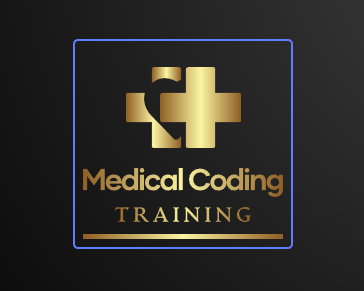Medical Coding Training : All You Need to Know About Medical Coding Training
Medical Coding Training is your first step towards getting your medical coding certification and setting you on the path to the career of your dreams as a professional coder.
Many schools offer training courses in medical billing and coding, and you can also take courses online, study at home, and complete your coursework on a schedule that fits in with your other responsibilities.
Introduction :
According to the United States government’s Bureau of Labor Statistics, health care is one of the largest and fastest-growing industries in the country, and our population is living longer and the number of elderly is rapidly increasing.
This is just one reason why it’s predicted that healthcare will add over 3 million new wage and salary jobs during the next decade.
Office and administrative support workers, such as those skilled in medical billing and coding, will form an important part of this workforce.
Where to get Medical Coding Training :
When choosing where to go for your training, you need to make sure that the school offers classes in the specialist skills you will need for your preferred type of work, and that you select an accredited institution that meets appropriate quality assurance standards.
Apart from making sure that you’re getting the best education you can, going to an accredited medical coding school means that you will likely find it easier to transfer credits if you need to move to a different school in the middle of your course.
The AAPC (American Academy of Professional Coders) and the AHIMA (American Health Information Management Association) carry out specialist medical coding accreditation.
A school may also be accredited by one of the six regional accrediting agencies which work in their own geographical areas to evaluate higher education institutions in general.
What Do You Learn In Medical Coding Training?
The AAPC itself offers medical coding training courses where expert instructors teach the latest information and skills, and students learn the theory of coding practice.
As well as theoretical fundamentals, there is also a laboratory practicum in which students can put their knowledge into use in real life scenarios.
As well as getting personal instruction and assistance from teachers, students are able to get to know and network with other aspiring and practicing coding professionals and discover what it is like to have a career in this burgeoning industry.
How Training is Conducted ?
Many of these courses are taught in a classroom setting, but there are also several coding courses available online, too.
Online classes can be just as rigorous as their classroom-based equivalents, but offer the added advantage of allowing the student to work around their own schedule and in their own home or office environment.
These online courses often have a modular structure and include quiz style tests to allow students to perform their own self-assessment at regular intervals.
Audio lectures, critical thinking activities, and extensive reading are an essential part of such study courses as you prepare for tests such as the CPC or CPC-H examinations.
Conclusion :
Trained and certified medical coders are likely to be in high demand in the foreseeable future due to the expansion of the healthcare industry in general and the continued development of patients treatments and procedures and the growing sophistication of electronic record-keeping.
Medical Coding Training and certification help to show that you are up-to-date with current industry standards and practice

